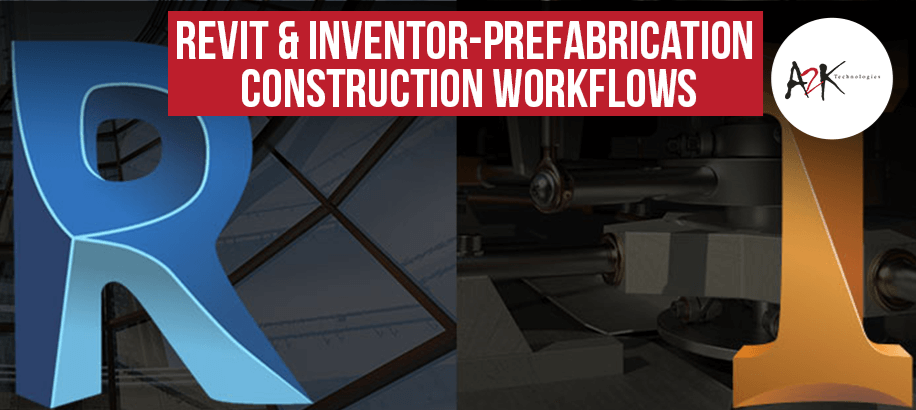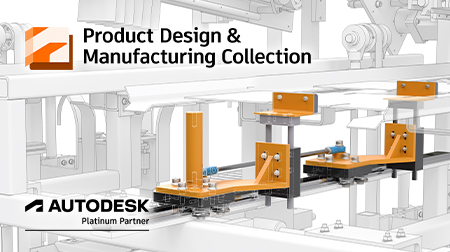
Revit and Inventor – Prefabrication Construction Workflows
By Damien Jovica | A2K Technologies Industry Expert
With Construction and Manufacturing converging, the collaboration in design between Architects, Builders, Manufacturers and Fabricators have become more important than ever. In this article we explore the link between Autodesk Revit and Inventor to show how models and drawings can work together from the two systems.
In an Autodesk BIM environment, typically the architectural, structural and MEP design is made in Revit and then these disciplines would share the models and/or drawings for manufacturing. The main files in this workflow to consider are that Revit imports SAT, AOSK, DWG, IFC and Inventor imports Revit Projects (*.Revit files) natively. When it comes to exporting models from Inventor and importing them into Revit, the choices are RFA (Revit Family *.rfa), SAT, ADSK, DWG and IFC.
The video below goes through these workflows and considers other applications that made be used in the workflow.
When it comes to importing Inventor files into Revit, I recommend exporting a 3D DWG and linking it into Revit, that way if changes need to be made, it will update in Revit. You can import the DWG and place it within the Revit project. I find it easier to work with DWG’s over IFC. When it comes to creating Revit Families from Inventor models you can publish a RFA file. If the geometry is complex, you may need to export to SAT or ADSK and then open the file in Revit and save as a Revit Family. Importing Revit Projects into Inventor can be done as a composite (surface) or multi-body solid. Either import brings the Revit project into the part modelling environment where you can modify the model further or place it into the part or assembly environment. So far the compatibility between Revit and Inventor is good, with multiple import/export options, however, it can be greatly improved upon.
As construction and manufacturing continue to converge, these design systems need tighter integration and in a perfect world we would have an application called ‘Revintor’ that can do it all. Maybe the next best thing would be an associative link between Revit and Inventor like the AnyCAD functionality in Inventor for other CAD systems. The other improvement would be the publishing of Revit Families where dynamic models from Inventor with multiple variations (geometry, material/appearance and metadata) can be exported from Inventor and into Revit with the required variations.















